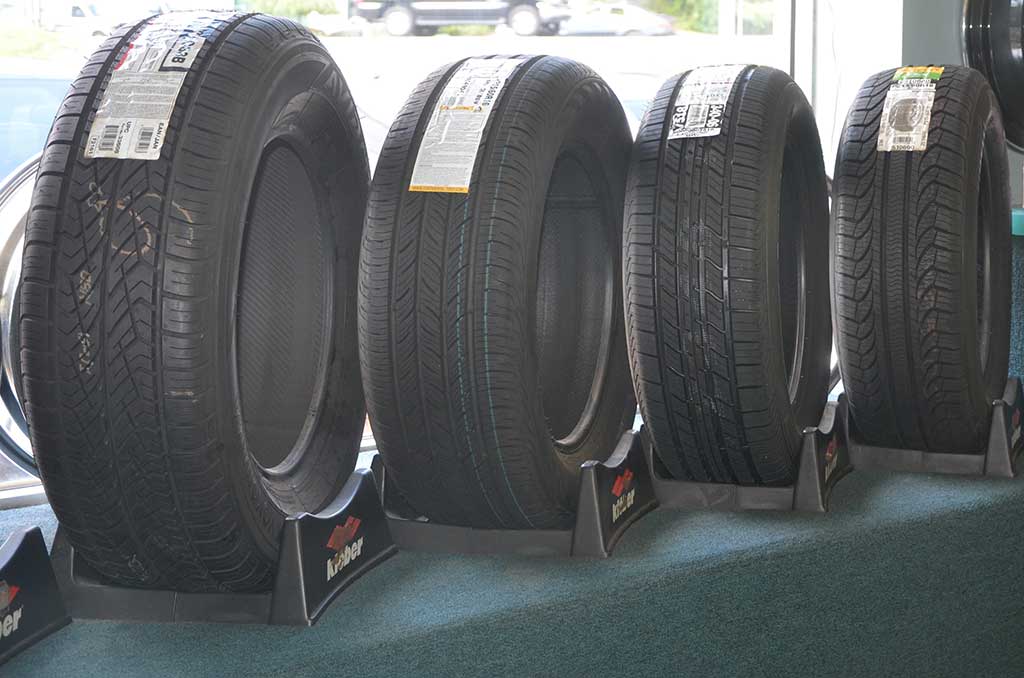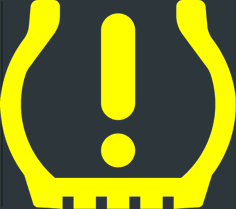Tire Pressure Indicator Lighting up? No pressure…
What do the upcoming Daytona 500 and cold winter weather have in common?
Race car teams spend a great deal of time and tactics working out tire pressure and winter weather can have an impact on your tire pressure.

For race car drivers, tire pressure can be critical in managing handling performance, avoiding blow-outs and extending the gas mileage of the car. While most of us aren’t running our cars around a track, these factors are also critical for ensuring everyday driver safety. That’s why these days new cars come standard with Tire Pressure Monitor Systems (TPMS).
 TPMS is typically a warning light that is on your dashboard and lights up when your one or more of your tire’s PSI (or “pounds per square inch”) falls below the manufacturer’s recommended level. As a rule of thumb for every 10-degree Fahrenheit fall, your PSI will fall by 1 unit (and for every 10 degrees increase the inverse relationship applies). So, if you’ve left your car outside overnight on a cold winter’s night when the temperature can drop as much as 30 to 40 degrees you may find the TPMS warning light pop on after ignition.
TPMS is typically a warning light that is on your dashboard and lights up when your one or more of your tire’s PSI (or “pounds per square inch”) falls below the manufacturer’s recommended level. As a rule of thumb for every 10-degree Fahrenheit fall, your PSI will fall by 1 unit (and for every 10 degrees increase the inverse relationship applies). So, if you’ve left your car outside overnight on a cold winter’s night when the temperature can drop as much as 30 to 40 degrees you may find the TPMS warning light pop on after ignition.
If this occurs, you simply may need to add back some air to those tires. You can find your car’s optimum PSI on a plaque usually inside the driver door panel.
Though you may find that once you start driving the PSI has risen as the friction from driving your car will likely lift tire pressure back to optimum levels. Either way, it’s worth checking and if you are still unsure, visit us at Mavis Tire of Mahopac.
